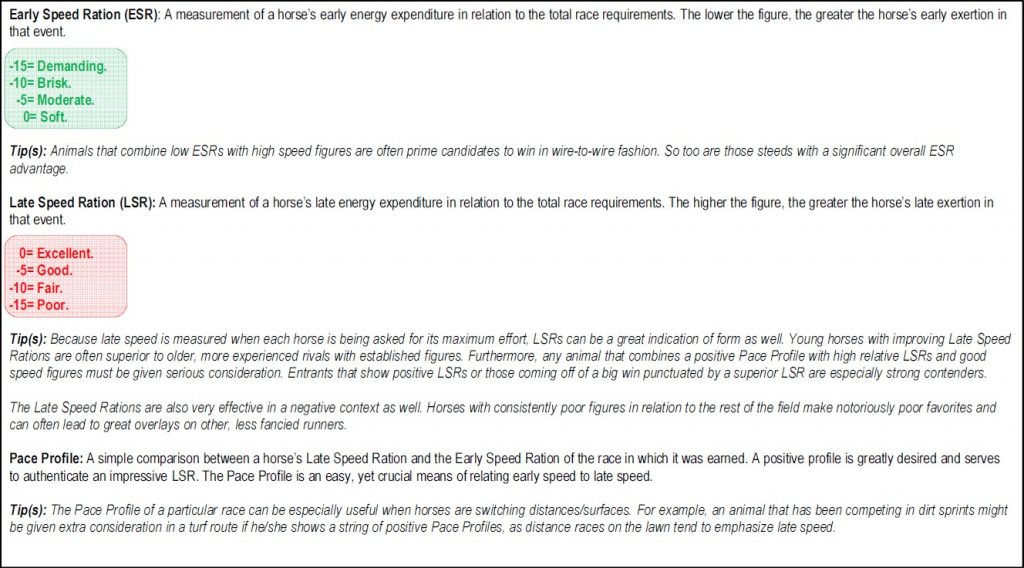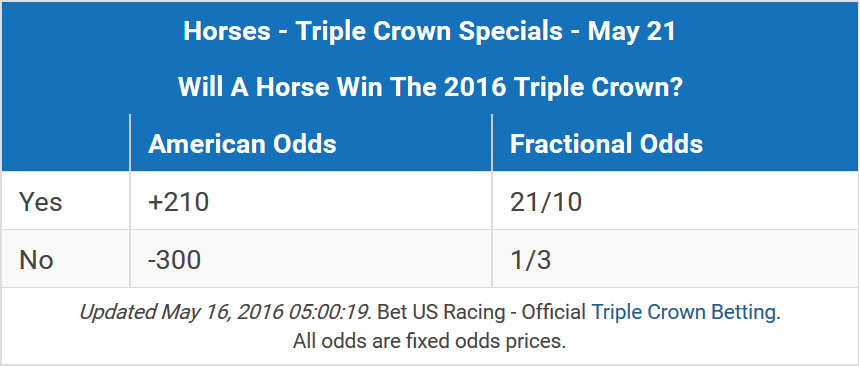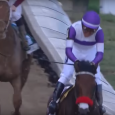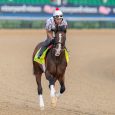As a value-conscious bettor, I always try to determine whether a horse is an overlay (worth wagering on) or an underlay (not worth wagering on). Of course, this is easier said than done. Anybody capable of making such distinctions with any amount of precision, race after race, has obviously got the game over a barrel — and we know that is the exception, not the rule.
So, I take no offense to those who, upon careful consideration, choose to play the top betting choice in a particular race. However, if there is one thing that makes my stomach churn like week-old pizza it is those who play the favorite simply because he or she is “the best horse in the race.”
The tote board tells us that much!
If there is one common trait of losing horse players it is the belief that one should always play the “best” horse and “take whatever the track gives you” in regard to price. Nobody would buy an automobile this way, would they? (“Hey, I want the best car on the lot and I’ll pay whatever you think is fair!”)
Well, no serious-minded bettor should play the races in such a mindless manner either. Hence the reason I find all the glowing articles I’ve been reading about Nyquist recently, beyond silly.
Trainer Doug O’Neill’s colt is last year’s juvenile champion; he is undefeated; he won the Kentucky Derby in convincing fashion; he’s likely to be 2-5 or 3-5 in Saturday’s Preakness Stakes. Is he the best 3-year-old in training? Of course he is.
Predicting the son of Uncle Mo will win the middle jewel of the Triple Crown is like forecasting a hot day in the Sahara. For the purpose of this piece, I’m going to assume that readers already know that Nyquist is the best horse in Baltimore and offer some reasons to play against him, as well as some ways to bet on him and potentially make more than chump change.
Are the odds against those trying to defeat Nyquist in the Preakness? Yes, quite literally. But I see no good purpose in extolling the virtues of an odds-on favorite… so I won’t.
First, let’s examine some reasons why Nyquist may not be a mortal lock on Saturday.
BOUNCE BABY, BOUNCE
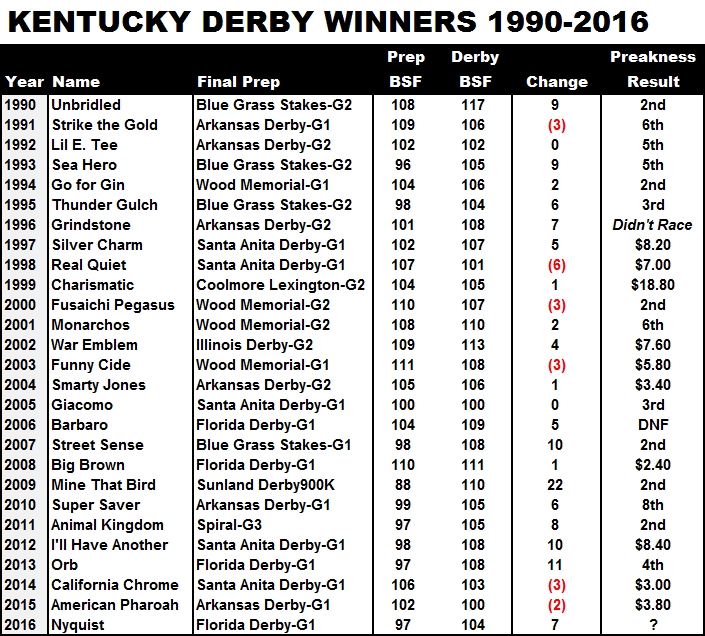
Since 1990, Kentucky Derby winners are 10-for-27 (37 percent) in the Preakness. Yet, those that recorded a Brisnet speed figure (BSF) in Louisville that was at least five points greater than the BSF they recorded in their final pre-Derby prep are just 2-for-13 (15.4 percent) with a -36.15 percent ROI in the land of strong deeds and gentle words.
What’s more, over the past 120 years, Derby champs that earned a positive Pace Profile of 75 degrees or greater (this is my own measurement of late vs. early pace) in Kentucky have produced an ROI of -10.56 percent in Maryland.
Nyquist fits the bill in both categories. (On the other hand, so did the O’Neill-trained I’ll Have Another, who captured both the Derby and Preakness in 2012.)
NO BASE FOR THE RACE
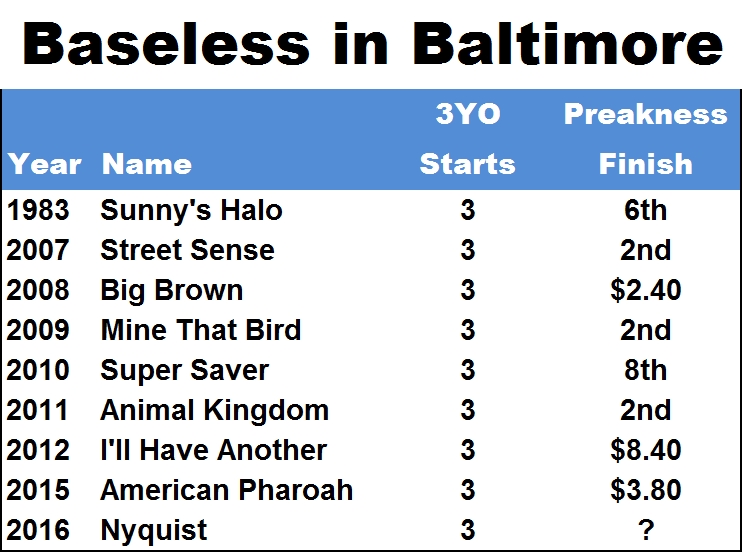
From 1983 to 2015, nine Kentucky Derby winners came to Pimlico with just three starts (including the Derby) under their belts as three-year-olds. Just three of them — Big Brown, I’ll Have Another and American Pharoah—won, producing an ROI of -8.75 percent.
DON’T PLAY THE UNDERLAY
This goes back to the discussion of odds at the start of this article: Although 12 of 22 Derby champs that paid less than $7 to win in Louisville also won the Preakness, they were overbet as a group, returning just $1.62 for every $2 wagered, a -19.09 percent ROI.
THE OVERLAY WAY
Now, if none of this convinces you to bet against Nyquist in the Preakness — which I completely understand — I’ve got a way you can wager on the Derby champ that is based purely on mathematical principles, which, over the long run, should produce a profit (of course we all know the story about the best-laid plans of mice and men).
Horses favored at odds of 2-5 to 3-5 win approximately 58 percent of the time, according to my database studies. Thus, the probability of Nyquist winning both the last two legs of the Triple Crown is approximately 33 percent, or 2-1 (0.58 x 0.58 = 0.336).
And here’s the cool part: At US Racing, the odds on a Triple Crown winner this year are currently +210 or 2.1-1. What this means is that, rather than losing 15-16 percent per wager (which is typically the case when one plays the race favorite indiscriminately), bettors are getting a five percent premium simply by betting the favorite in a different way — the very definition of value wagering.
